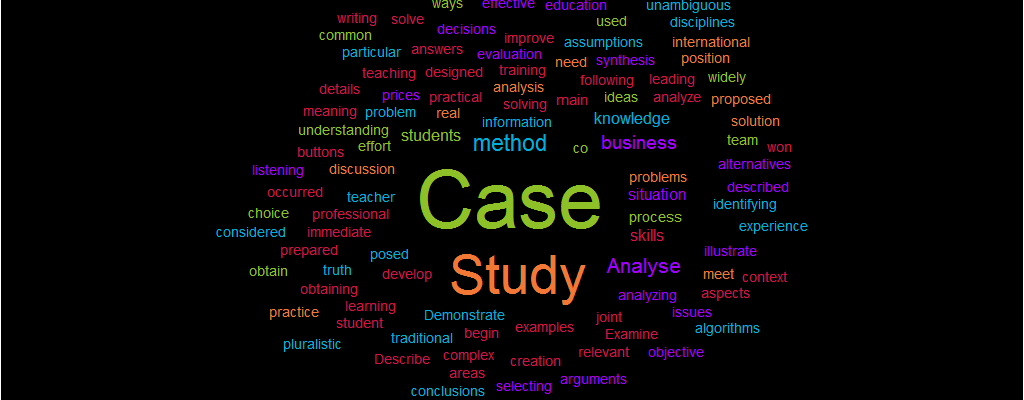Case Study: Simple Steps to Analyse It
Publication Date:

Why students have to learn how to analyse it and what is analyzing of a case study? Let us begin with a case study, which is – a training method designed to improve skills and experience in the following areas: identifying, selecting and solving problems; work with information – understanding the meaning of the details described in the situation; analysis and synthesis of information and arguments; work with assumptions and conclusions; evaluation of alternatives; making decisions; listening and understanding of other people – group work skills.
The immediate objective method of case-study – a joint effort by a team of students to analyze the situation – case, occurred in a particular situation, and work out a practical solution; the end of the process is the evaluation of the proposed algorithms and the choice of the best in the context of the problem posed.
Today the case-study method has won a leading position in training, it is widely used in the international practice of business education and is considered one of the most effective ways of teaching students’ skills to solve common problems.
There are also the main ideas of a case study, and this is very important to know if you need immediate case study writing help.
The Main Ideas of a Case Study
We have prepared the six ideas for you:
- The analysis of a case study is designed to obtain knowledge on disciplines, the truth in which is pluralistic, i.e. there is no unambiguous answer to the question posed, but there are several answers that can compete in terms of truth; the task of teaching at the same time immediately deviates from the classical scheme and is oriented to obtaining not only one, but many truths and orientation in their problem field.
- The emphasis of learning is not transferred to mastering ready-made knowledge, but to develop it, to co-creating a student and a teacher; hence the fundamental difference between the method case-study and traditional methods is democracy in the process of obtaining knowledge, when the student is essentially equal with other students and the teacher in the process of discussing the problem.
- The result of applying the method is not only knowledge but also skills of professional activity.
- The technology of the method is as follows: according to certain rules, a model of a concrete situation that has occurred in real life is developed, and that complex of knowledge and practical skills that students need to receive is reflected. The teacher acts as a facilitator, generating questions, fixing the answers, supporting the discussion, i.e. in the role of the manager of the process of co-creation.
- The undoubted advantage of the method of situational analysis is not only the acquisition of knowledge and the formation of practical skills but also the development of the value system of students, professional positions, attitudes, a unique professional attitude, and world-transformation.
- In the case-study method, the classic defect of traditional learning is overcome, associated with the “dryness”, the non-emotionality of the presentation of the material-emotions, creative competition and even struggle in this method, so much that a well-organized discussion of the case resembles a theatrical performance.
The overall plan of a written case-study must contain these simple steps:
- Describe the business environment relevant to your case.
- Examine the structure and size of its main business.
- Choose and identify the main problems or issues.
- Demonstrate how this business solves issues.
- Examine and describe the most successful aspects plus failures.
- Demonstrate specific examples of success and analyse them.
- Show which changes your business examples went through.
- Make a logical conclusion.
Case – an example taken from the real business, is not just a truthful description of events, but a single information complex that makes it possible to understand the situation.
A good case should meet the following requirements:
- meet the clearly stated goal of creation;
- have an appropriate level of difficulty;
- illustrate several aspects of economic life;
- do not get too old;
- to be relevant for today;
- illustrate typical situations;
- develop analytical thinking;
- provoke a discussion;
- have several solutions.
Now, you know about case-study more, and if you are going to apply for business school, you will be prepared to write or analyse a case-study by using this guide.